Stop paying the negativity tax
Amidst a global pandemic and ahead of a highly anticipated election season, where your ads show up matters now more than ever.
By Andréa Mallard, Pinterest CMO
16 September 2020

‘When I see brands in negative and unsafe places, I start to lose my confidence and trust in them, that they come from a good place. As a result, I’m less likely to purchase from them.’
Female Pinner, 20s⁶
Negative online spaces are draining your brand budget
More nights last spring than I’d like to admit, I found myself ‘doom-scrolling’: Mindlessly thumbing through feeds full of scary statistics, grim updates and fear-inducing ads. It was exhausting – and did nothing to help my mounting anxiety.
Turns out, it’s not helping brands, either. Anger and divisiveness may encourage people to scroll (and troll!)1… but it doesn’t get them to buy.2 Our latest research shows that negative environments make people less likely to remember, less likely to trust and less likely to purchase from brands.3 In other words: It pays to be positive.4 And on Pinterest, you can reach more than 400 million people all over the world in a more positive environment.5
Context matters
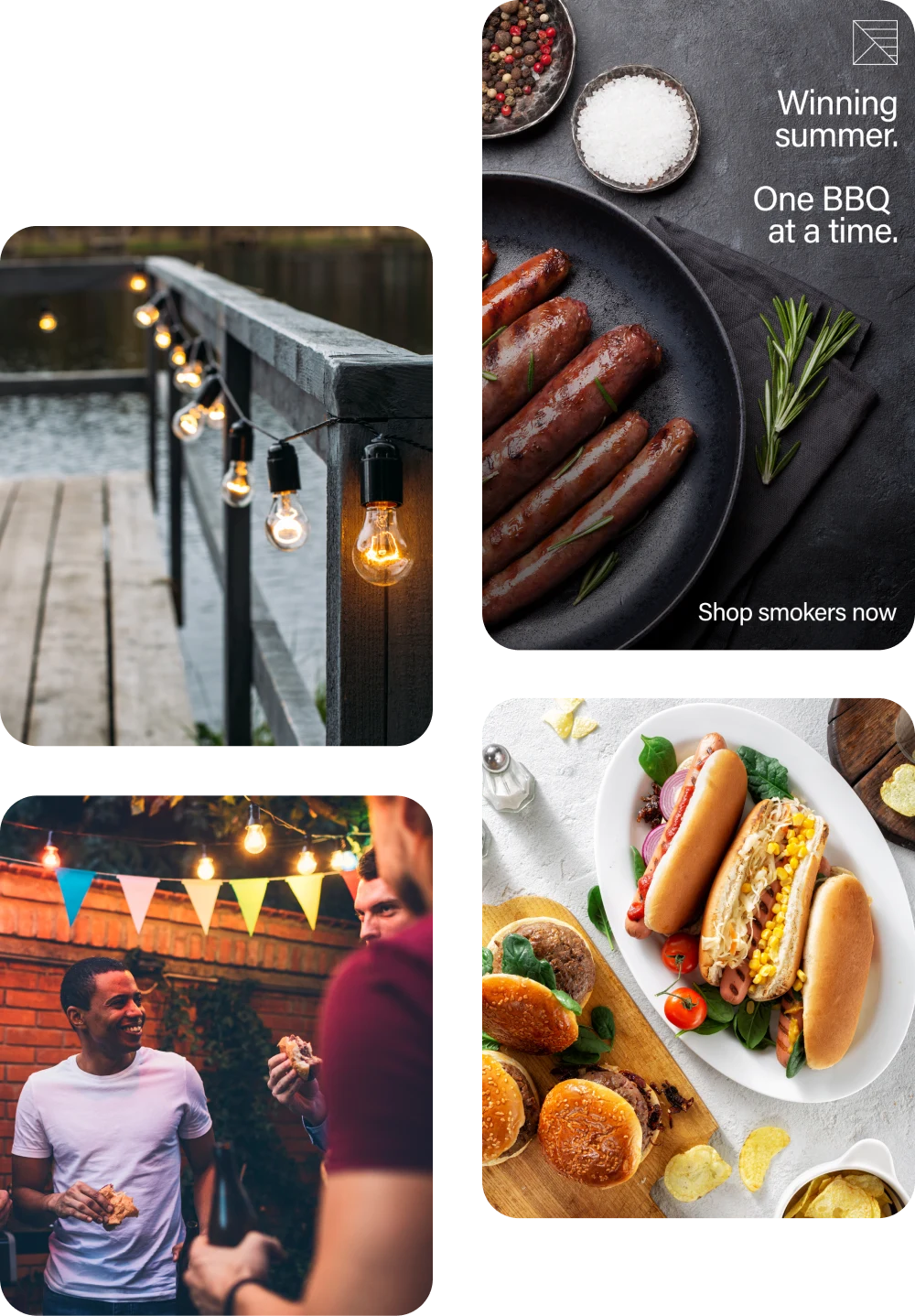
There’s long been a debate among CMOs about whether context actually matters. Our research says it does. In fact, in a post-COVID world, ad adjacency matters more than ever. Gone are the days when people will turn a blind eye to the environment in which your messaging appears.
The majority of our 2,000 survey participants agree that if a brand shows up next to negative content, they assume that the brand has endorsed it. As a result, their perception of the brand decreases. Showing up in safe, positive spaces is no longer just a moralistic argument. Your brand can’t afford to show up in a negative environment.
So what does this mean for brands? In a time where ‘doom-scrolling’ has become part of our vernacular – how do you evade the negativity tax?
6 in 10 US adults agree that they’re more likely to…
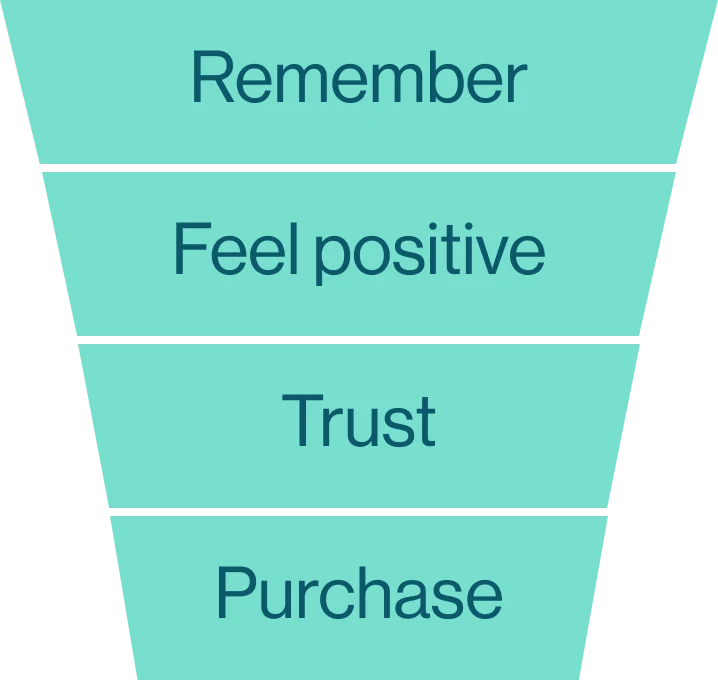
Remember brands that they encounter online when they feel positive
Feel positive towards brands that they encounter in positive environments
Trust brands that they see in a positive space
Purchase a brand when they see it in a positive space7
Platform positivity starts with policy
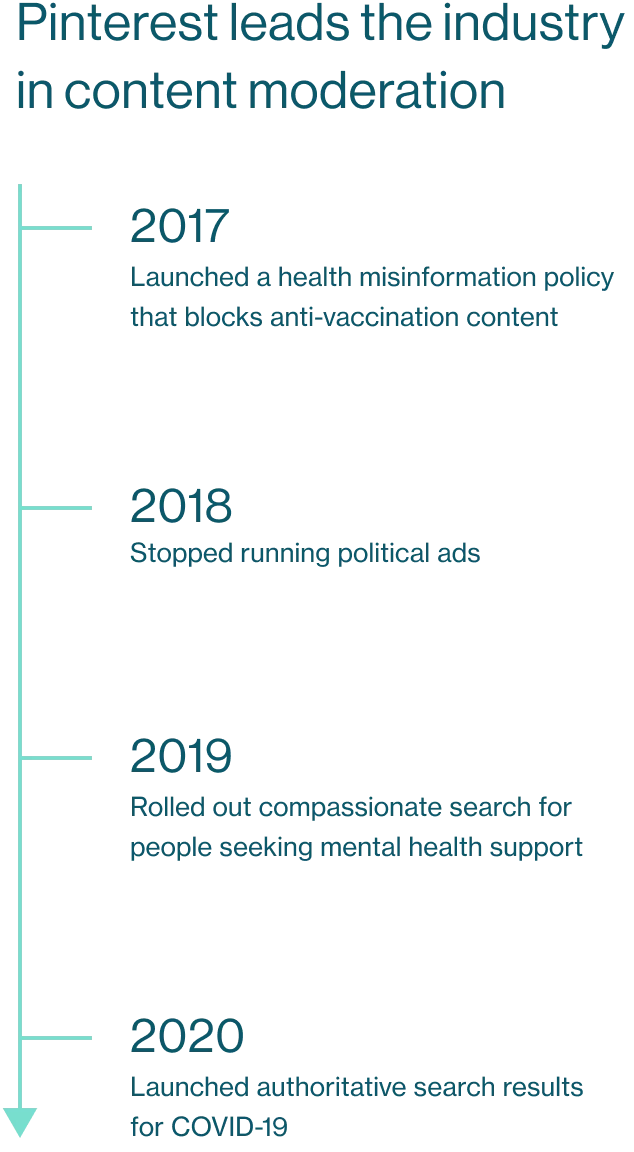
The most positive places online don’t happen by accident – they happen because of proactive policy decisions made by leadership. For example, even on platforms built on joyful dance videos, you’ll find anti-LGBTQ policy and white supremacist content. Don’t just look to the user-generated content to determine a platform’s sentiment. It’s just as important to consider what the platform doesn’t allow, from a policy point of view.
We’re proud of our leadership in our decisions, but we know that it is an industry effort to improve digital safety and create positive advertising surfaces that don’t compromise on effectiveness. That’s why we are thrilled to join the Global Alliance for Responsible Media and collectively work alongside top advertisers, agencies, media companies and platforms to better serve and protect consumers.
Imbue your ads with positivity
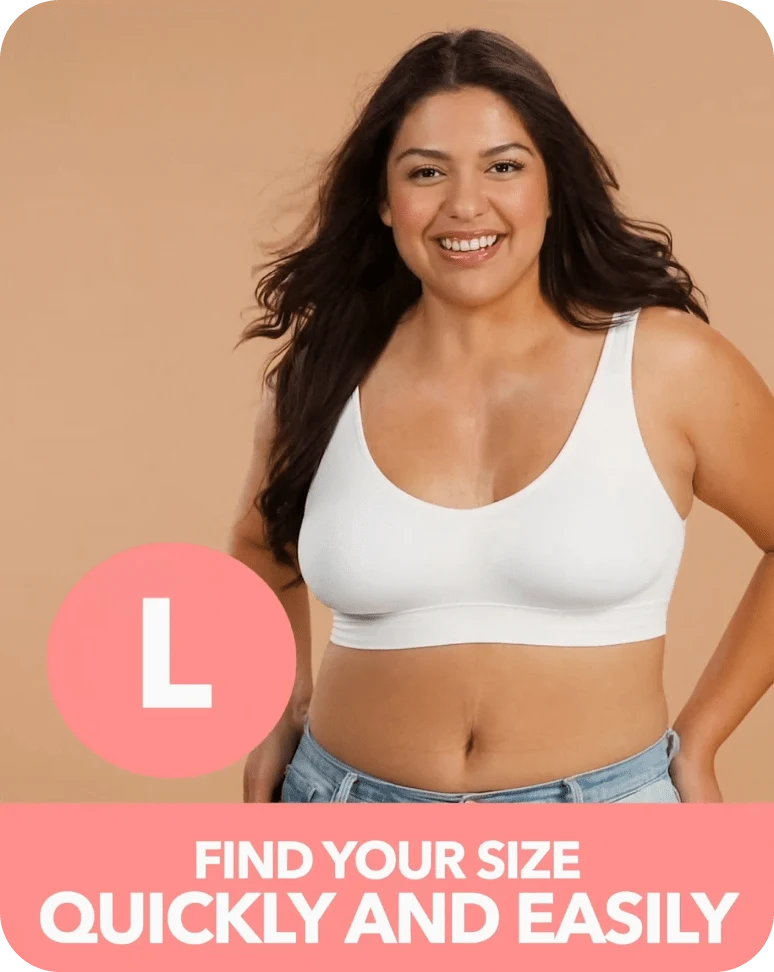
Once you're showing up on a more positive platform, you'll have more impact. But you'll also need to give your ads a positive spin to boost business results. A real-life example of this is Shapermint, a brand that recently ran a campaign on Pinterest. While some brands see our ad policies as a constraint, Shapermint saw them as an opportunity to unlock even more positive creative, and as a result, more effective advertising. Together with Shapermint, we worked to create ads featuring women of all body types and straightforward sizing cues.
The impact? The campaign yielded 200M impressions per quarter, and as a result, Shapermint increased its investment 4x from Q1 to Q2. Furthermore, approximately 90% of all Shapermint digital ads – used across all channels – now follow the Pinterest standards and Shapermint’s own anti-body-shaming guidelines.8
Earn their vote
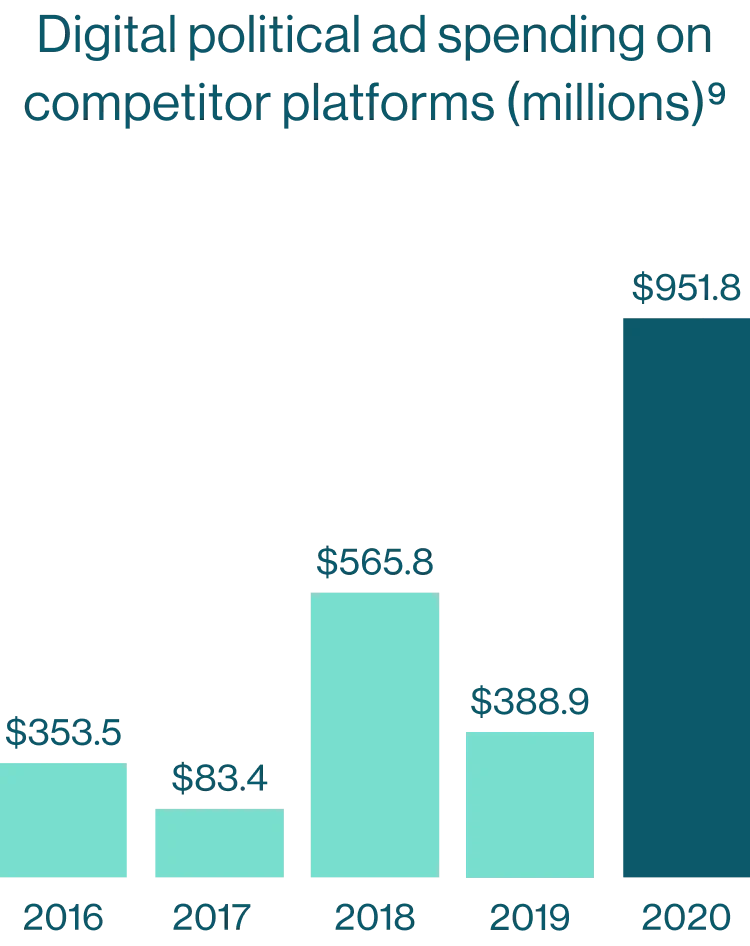
This autumn, popular social networks and online video platforms will run political advertising that your brand will have to compete with. This content will also likely crowd auctions and make your ads more expensive. In other words: Political campaigns on other platforms will dilute your ad spend.
Be strategic with where you advertise this autumn. On Pinterest, there are no political ads. This means that your brand doesn’t have to compete with election advertising and your content doesn’t have to compete with election messages. And historically, the September–October period is one of the most efficient times to advertise on Pinterest.
Note: This article originally appeared in Adweek on 17 September under the title Your consumers are looking at where your ads live.
Download our report

Get more insight into how positivity drives performance – and what it means for your brand – in this detailed guide.